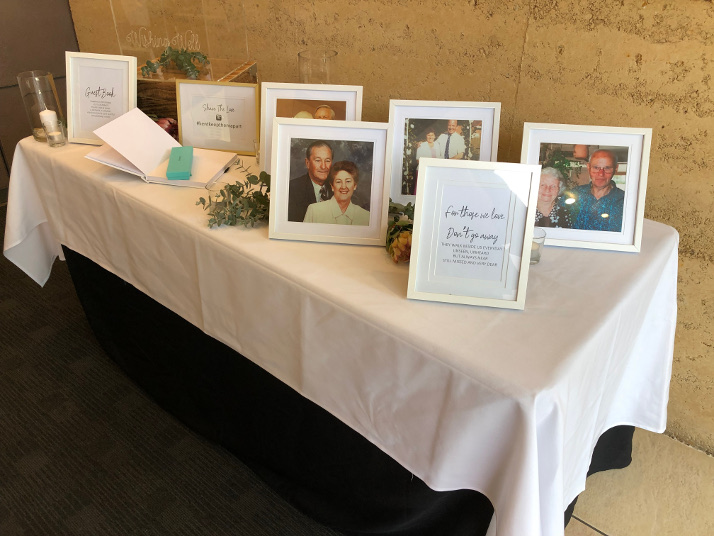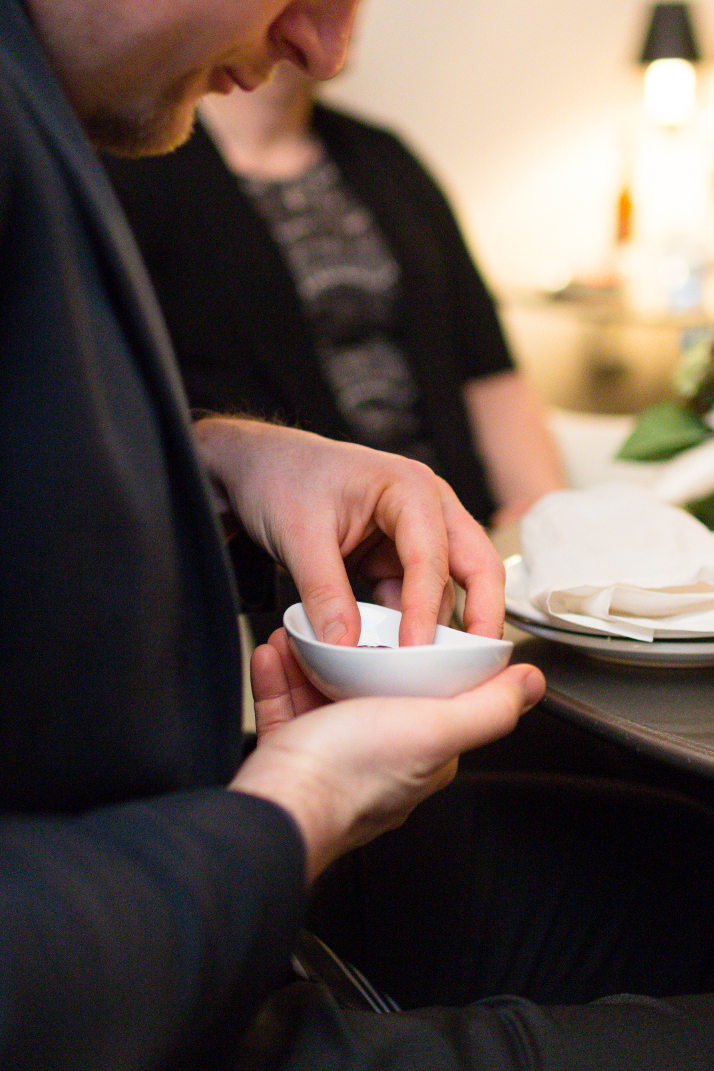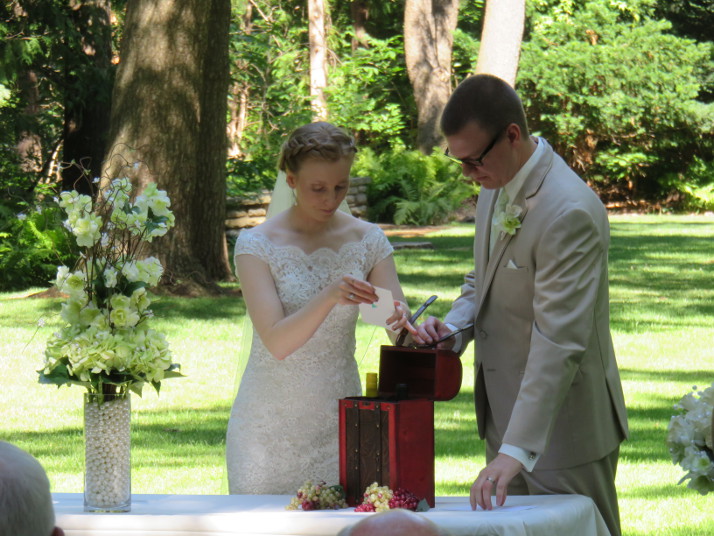Year-End Reflections
Year-end reflections offer an opportunity for gratitude, appreciation and excitement. Since I enjoyed a wonderful, lengthy vacation in 2019, I actually performed a few fewer ceremonies than in recent years. That gave me a chance to step back a bit and reflect on my work as a celebrant.
I am grateful for the couples who selected me to be their wedding celebrant this year. I started the year with two ceremonies on New Years Day for couples who wanted to begin the new year as husband and wife. I had the honor of working with some families I had served in the past, marrying the sister of a previous bride and the brother of a previous groom. A work colleague of my husband’s asked me to marry her as well, and I appreciate the trust she placed in me.
Some of the ceremonies I performed this year were certificate signings, with only the briefest of ceremonies as we made their unions legal. I’m always intrigues to learn why people are choosing these very small, minimal ceremonies, and the reasons vary widely. Some are following with a destination wedding and find handling the legalities in the US is easier than dealing with local marriage requirements in other countries. Others have had a change in employment and need to obtain medical insurance via their partner. Some are marrying for a second or subsequent time and don’t want a fancy wedding this time around. Whatever the reason, and even when I don’t know why, I’m happy to oversee these marriages and support these couples.
I also performed a few same sex weddings this year. I’m always proud that our country now allows all couples to be joined in legal marriage, and happy to be part of celebrating the legal joining of all loving couples.
As the year draws to a close and I take the time for these year-end reflections, I’m also busy writing for the couples who have already booked my services for 2020. One of the things I’m most excited about with these new ceremonies is the way couples are dropping wedding traditions that don’t fit them, and replacing them with things that do. I’m thrilled to see couples walking into their ceremonies together, dropping the “giving away of the bride”, and surrounding themselves with a wedding party comprised of the most important people in their worlds – regardless of gender or number. I also see them looking for ways to connect with all the parents at the beginning of the ceremony and not limiting themselves to the traditional handshake between the bride’s father and the groom.
I am grateful for the opportunity to do this worthy work, and close my year-end reflections with a sincere thank you to all the couples, past and present, who have allowed me to share in the milestone moment that is their wedding day.



